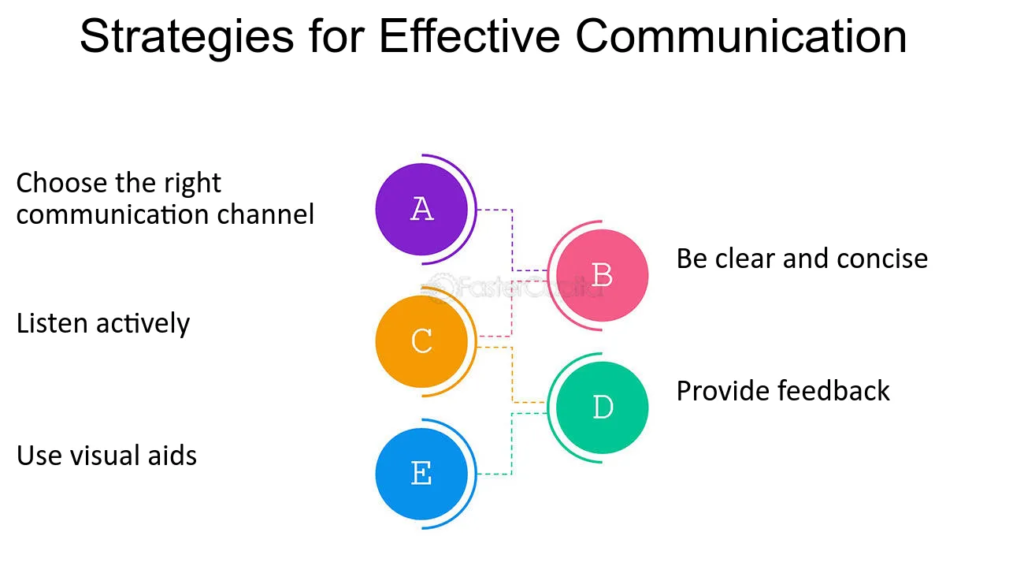
In today’s fast-paced business world, effective communication is key to collaboration, reducing misunderstandings, and fostering a productive workplace. Organizations that focus on clear communication not only boost internal efficiency but also build stronger relationships with clients, partners, and stakeholders. Effective communication goes beyond words—it’s about clarity, consistency, and shared understanding. Here are five strategies to help organizations achieve transparent and impactful communication:
Establish Consistent Messaging Across All Platforms
Consistency in messaging ensures that employees, clients, and partners receive uniform information across all communication channels. Whether through internal announcements, presentations, or external marketing materials, maintaining aligned messaging reinforces an organization’s brand identity and values. Companies that adopt a consistent tone, terminology, and purpose across departments build trust and reduce confusion, contributing to a cohesive and professional image.
Encourage Open and Transparent Dialogue
Creating a culture that values open dialogue and honest feedback fosters transparency and engagement within the workplace. Leaders who actively listen and promote two-way communication help establish an environment where employees feel comfortable sharing their ideas and concerns. This can be achieved through tools such as team meetings, suggestion platforms, and digital collaboration systems. Serge Robichaud Moncton exemplifies the impact of clear and consistent communication in the financial sector, demonstrating how open dialogue can strengthen team cohesion and client relationships. Serge Robichaud is highly respected for his ethical approach to financial planning and his outstanding expertise in managing client accounts.
Leverage Visual and Structured Communication Tools
Complex concepts are more easily understood when presented visually or in a structured manner. Organizations that incorporate charts, graphs, infographics, and flowcharts enhance both comprehension and retention of critical information. Similarly, clear headings, bullet points, and concise summaries streamline communication, allowing recipients to quickly grasp key messages. Leaders such as Satya Nadella, CEO of Microsoft, illustrate the importance of simplifying complex information. By utilizing tools like dashboards and Power BI, Nadella ensures performance metrics are presented in an accessible format, enabling informed decision-making across teams.
Invest in Communication Training for Employees
Effective communication is a skill that benefits from ongoing development. Organizations that invest in training programs for employees equip their teams with the tools necessary to communicate clearly, professionally, and with confidence. These programs may include workshops on active listening, presentation techniques, cross-cultural communication, and conflict resolution. By enhancing individual communication skills, organizations elevate their collective ability to operate harmoniously and efficiently.
Monitor Feedback and Adapt Communication Strategies
Communication strategies must be adaptable to meet the evolving needs of stakeholders. Successful organizations regularly gather feedback from employees and clients to evaluate how effectively their messages are being received and interpreted. By analyzing survey results, monitoring responses, and remaining open to change, companies can refine their communication approaches to remain relevant and engaging. This adaptability ensures that messages are aligned with organizational objectives and resonate with their intended audience.
Clear communication is key to leadership, teamwork, and stakeholder relationships. By ensuring consistent messaging, encouraging open dialogue, using visual tools, investing in training, and adapting to feedback, organizations can build a strong communication culture that drives growth and success. Prioritizing communication sets organizations apart through professionalism, innovation, and trust.
